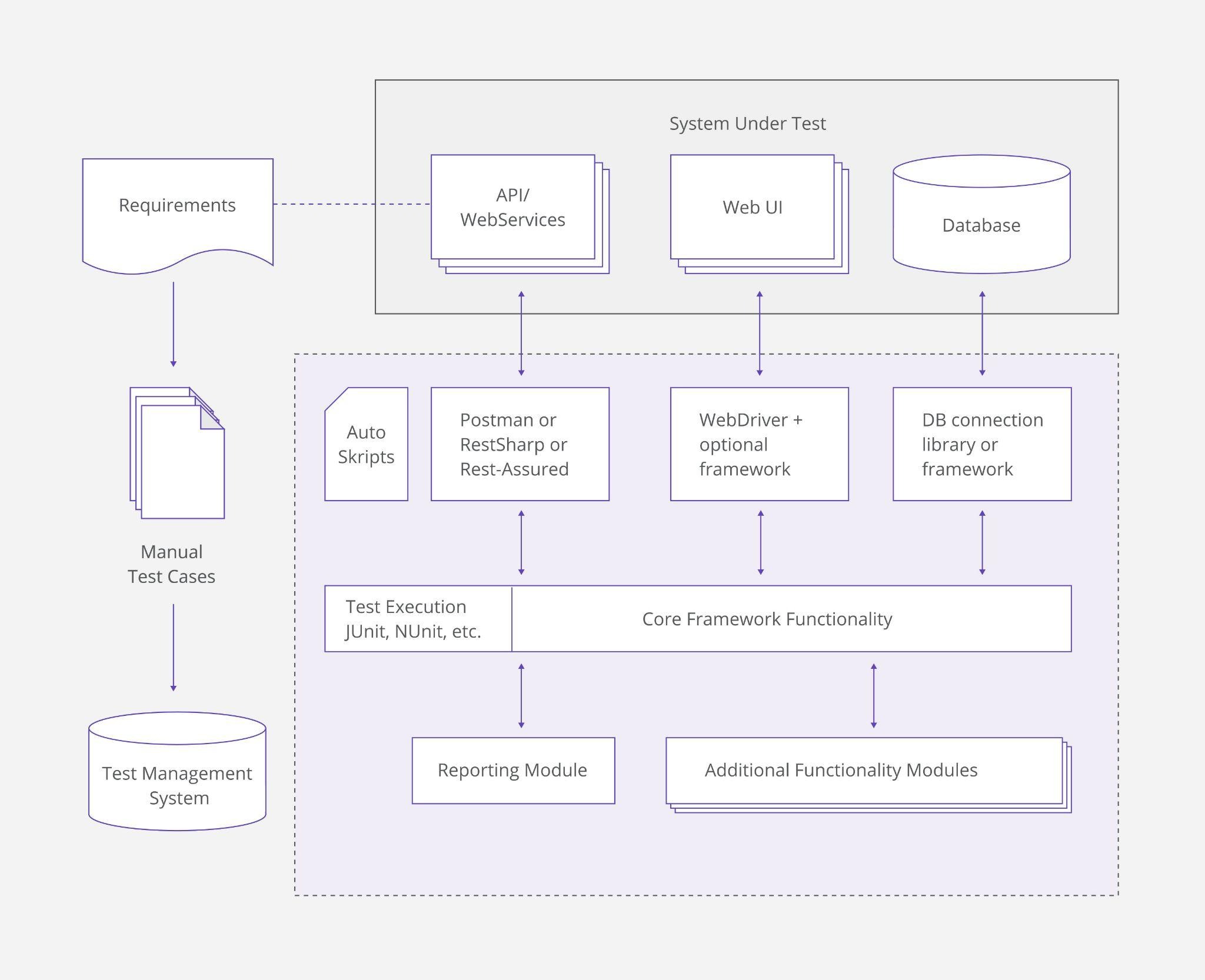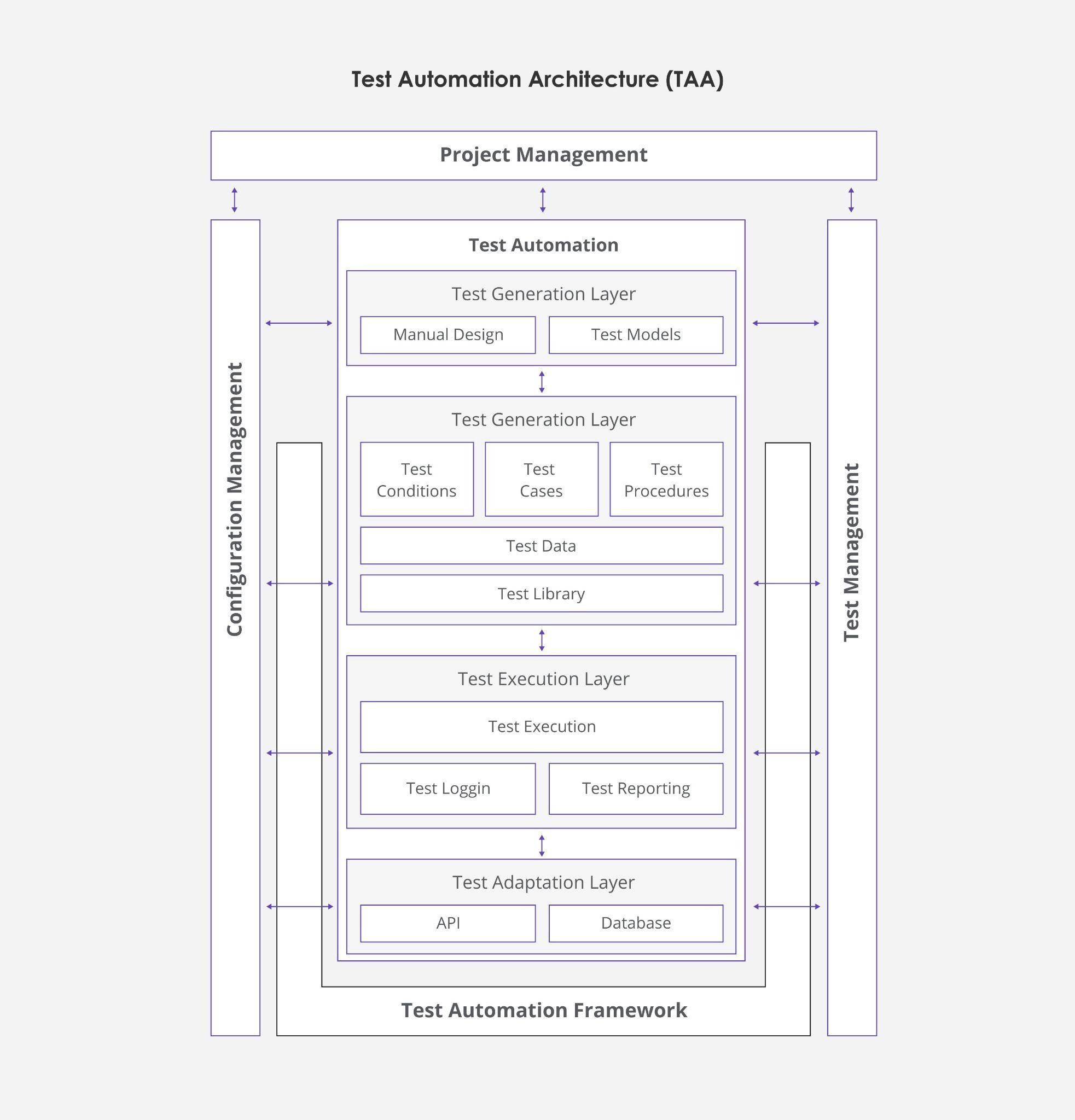Quality assurance (QA) is essential when developing new software or updating an existing one and has become an integral part of the software development life cycle (SDLC). The reason for this is relatively straightforward: the continued growth in corporate technical estates requires proper quality assurance strategies.
You must test your solution for usability, security, performance, and other aspects. And with an effective QA process, you will quickly plan new releases. Furthermore, one of the best ways to go about this is QA automation.
What is QA Automation?
QA automation uses tools to automatically test, analyze, and validate a software solution to ensure it meets the critical requirements, including user experience, code quality, and functionality. Automated test scripts are created to examine the code and ensure it conforms to the above requirements. Quality assurance automation helps enhance software testing speed without any compromise on quality. Furthermore, it can be used at different stages of the SDLC. Yet, it’s a bit harder to do, than to say. Especially if you want to do it right. So getting quality assurance services from outsourcing vendors, who specialize in it, like Edvantis, will ensure your project is successful.
Sample Test Automation Framework

Benefits of Quality Assurance Automation
QA automation has proved effective even for big names in the industry like Google. Engineers from the giant tech company managed to release over 100 features for their product, Google+, within 100 days in 2011, thanks to QA automation.
Google has since improved its baseline system to Test Automation Platform (TAP), which is the largest automated software testing platform in the world and is supported by DevOps principles like Continuous Testing (CT), Continuous Integration (CI), and Continuous Delivery (CD). The platform can analyze over 13,000 code projects in a single day, which requires over 150 million test runs.
Test automation, even on a smaller scale, can have outstanding testing speeds and additional benefits like:
- Increased test accuracy as there is no room for human error
- Proper test coverage since you can do a lot within a short period
- Quick execution speeds, improving performance
- Quick time-to-market for new solutions
- Fast response on newly-shipped code
- It is less costly than manual testing
- Ability to reuse test cases, which reduces redundant work.
How to Set Up a Test Automation Framework
Most companies find test automation principles, patterns, and practices complicated. A few of them haven’t made any steps with the implementation and design of the test automation framework.
Quality assurance automation is a systematic process despite being complex. You must go through different vital steps to move from manual to automated testing. Let’s look at the best QA practices and how to implement them.
Step 1: Choose the Right Test Automation Platform Build
Quality assurance is an all-around practice. Newly-created software can be tested from different perspectives to ensure it has no severe vulnerabilities or bugs and works as required.
Different tests conducted include:
- Functional Testing. These include Component tests, API tests, Unit tests, Smoke tests, UI tests, and Regression tests.
- Non-Functional Testing, in its turn, covers Pentesting, Performance tests, Recovery tests, Load tests, Volume tests, and Stress tests.
A proper testing framework must be designed to meet the requirements of your product and attend to specific problems. Make sure you understand your priorities before you start designing your architecture.
The different types of frameworks available include:
- Keyword-driven framework.
- Behavior-driven framework.
- Modular-driven framework.
- Hybrid framework.
- Data-driven framework.
The effectiveness of a specific framework depends on your solution, project, and software development procedure.
Step 2: Create a Test Automation Framework for Reference
There are four different layers of QA automation. These include:
- Test definition.
- Test generation.
- Test adaptation.
- Test execution.
Combined, they control the link between Test Automation Solution (TAS) and System Under Test (SUT). In simple terms, they develop the testing automation rules and directions.
Test Automation Architecture

- Test Generation Layer. This layer sets the basic standard of consecutive QA automation. The goal is to define the primary test types, create manual analysis, and organize test generation and data capture to back up the chosen QA plan.
- Test Definition Layer. Here, you have to evaluate the test data available and pair it with the test cases in line before you start creating test scripts for use in various certified cases.
- Test Execution Layer. It is the test execution phase with everything you need to log, run, and report on programmed test case accomplishment.
Step 3: Identify the Tech Stack for Your Test Automation
A test automation framework involves a blend of tools and processes. We have looked at the process layout in the above section. Let’s now look at the tools.
Quality assurance automation testing tools are available in three options:
- Proprietary. Licensed tools with several functionalities.
- Open-source. They don’t require a license.
- Custom solutions. Combines the above two within your quality control framework.
You should consider platform support, programming languages, and operating systems when choosing your QA automation stack.
Edvantis experts in quality assurance services recommend the following automated testing tools:
- Cypress
- Selenium WebDriver
- WinAppDriver
For more options, you can compare individual test automation frameworks and QA automation tools at NPM trends.
Step 4: Choose Your Implementation Path
You should choose your method of application after choosing your test framework. Various QA automation tools with different methods of implementation.
The implementation method you choose depends on your use case. There is no good or bad method. At Edvantis, we offer the best QA services, and we will guide you on the best implementation methods.
Step 5: Create Test Data
Data is essential for automated testing. With a lot of data, you are guaranteed the best outcomes. During the pre-production stages of quality assurance, you may lack enough important data for all testing needs.
You should opt for strategies that provide additional test data generations. These strategies include:
- Bulk data copying from the production to the testing environment.
- Manufactured data from programmed data production tools.
- Copying bulk data from legacy frameworks.
- Creation of test data manually.
After obtaining test data, you should organize it by test cases and keep them in the right management tool.
Conclusion
QA automation is a routine procedure. You have to conduct regular tests at different phases. It is best to begin with, multiple testing structures before including others in your framework.






